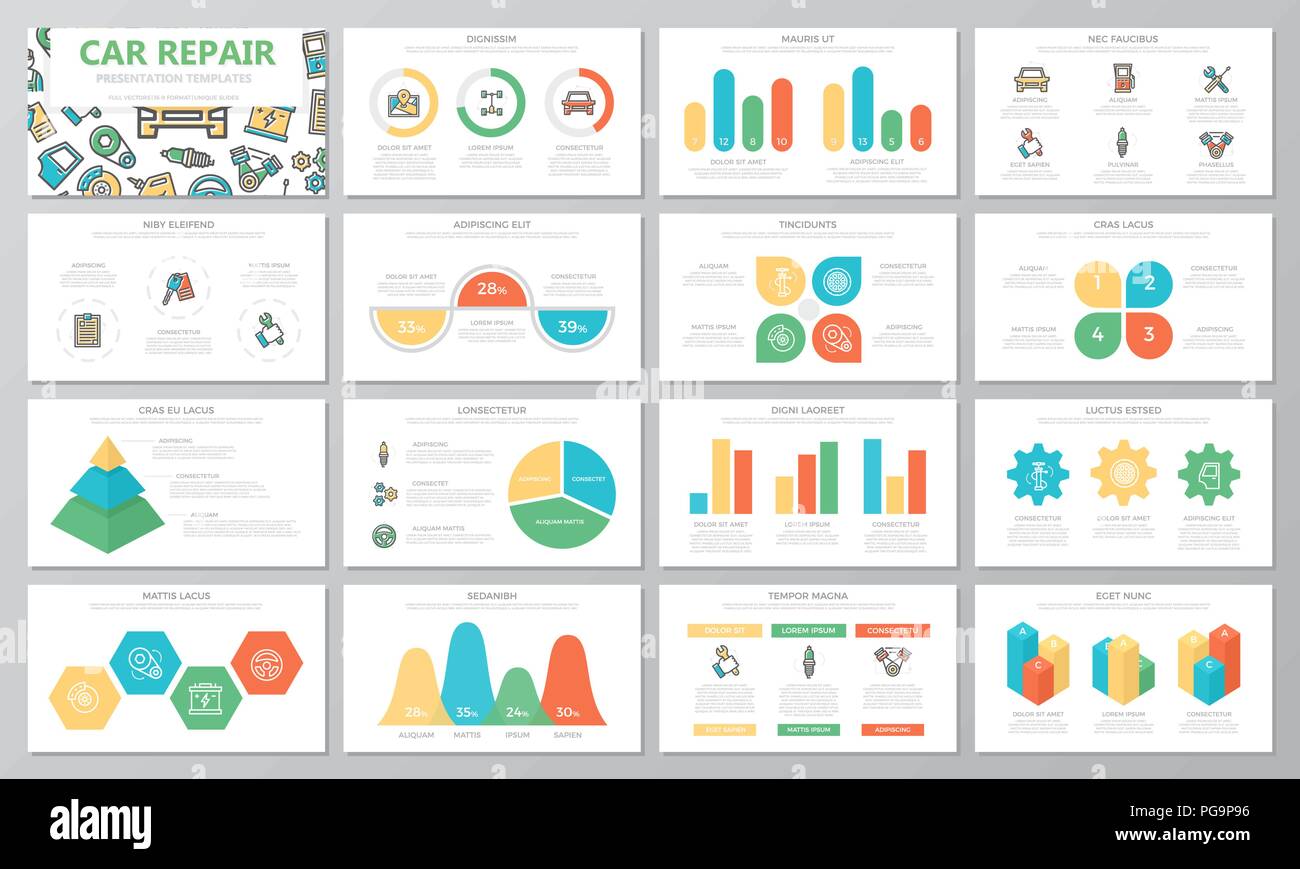Comprehending The Definition Behind Your Automobile'S Warning Lights: A Comprehensive Look
Comprehending The Definition Behind Your Automobile'S Warning Lights: A Comprehensive Look
Blog Article
Post Created By-Hartley Shepherd
When you're behind the wheel, those radiant caution lights on your dashboard can be a bit complicated. Do you know what they're trying to inform you about your automobile's health? Recognizing where can i get my car ceramic coating near me of these lights is important for your safety and the longevity of your automobile. So, the next time among those lights pops up, would not you want to decipher its message properly and take the required actions to resolve it?
Common Caution Lights and Interpretations
Determine usual caution lights in your car and understand their meanings to make certain risk-free driving.
The most typical caution lights consist of the check engine light, which signals issues with the engine or exhausts system. If this light comes on, it's important to have your vehicle examined immediately.
The oil pressure alerting light suggests low oil pressure, calling for prompt attention to avoid engine damages.
car shampoo nz flashing battery light might suggest a malfunctioning billing system, potentially leaving you stranded otherwise addressed.
The tire pressure tracking system (TPMS) light informs you to reduced tire stress, affecting vehicle security and fuel effectiveness. Overlooking this might bring about harmful driving conditions.
The abdominal light shows an issue with the anti-lock stopping system, endangering your capacity to quit rapidly in emergency situations.
Last but not least, the coolant temperature level warning light warns of engine overheating, which can lead to extreme damage if not fixed promptly.
Understanding these usual caution lights will certainly help you attend to problems promptly and maintain risk-free driving problems.
Importance of Prompt Focus
Comprehending the typical warning lights in your cars and truck is just the first step; the value of without delay addressing these warnings can not be stressed sufficient to guarantee your safety and security on the road.
When a warning light illuminates on your control panel, it's your auto's means of connecting a potential issue that needs interest. Neglecting these warnings can cause much more extreme problems later on, endangering your safety and security and potentially costing you much more out of commission.
Trigger focus to warning lights can protect against break downs and crashes. For instance, a flashing check engine light might show a misfire that, if left neglected, could create damages to the catalytic converter. Resolving this without delay can save you from an expensive repair service.
In a similar way, a brake system cautioning light may signal low brake fluid or used brake pads, vital components for your safety when driving.
DIY Troubleshooting Tips
If you see a warning light on your control panel, there are a few DIY fixing tips you can try before looking for specialist help.
The first step is to consult your automobile's manual to comprehend what the certain warning light indicates. Often the concern can be as basic as a loosened gas cap causing the check engine light. Tightening the gas cap might settle the trouble.
Another usual concern is a low battery, which can trigger different warning lights. Inspecting the battery connections for corrosion and ensuring they're safe could repair the problem.
If a warning light lingers, you can try resetting it by detaching the auto's battery for a few minutes and then reconnecting it. In addition, checking your automobile's fluid levels, such as oil, coolant, and brake fluid, can aid troubleshoot cautioning lights connected to these systems.
Verdict
In conclusion, comprehending your automobile's warning lights is necessary for maintaining your automobile running smoothly and safely. By promptly resolving these signals and recognizing what they suggest, you can avoid expensive repair work and possible breakdowns.
Keep in mind to consult your cars and truck's manual for particular details on each warning light and act appropriately to ensure a hassle-free driving experience.
Stay notified, stay risk-free when driving!
